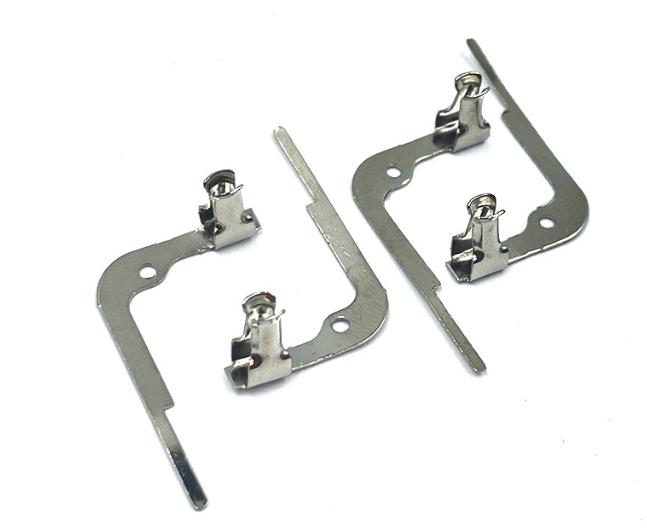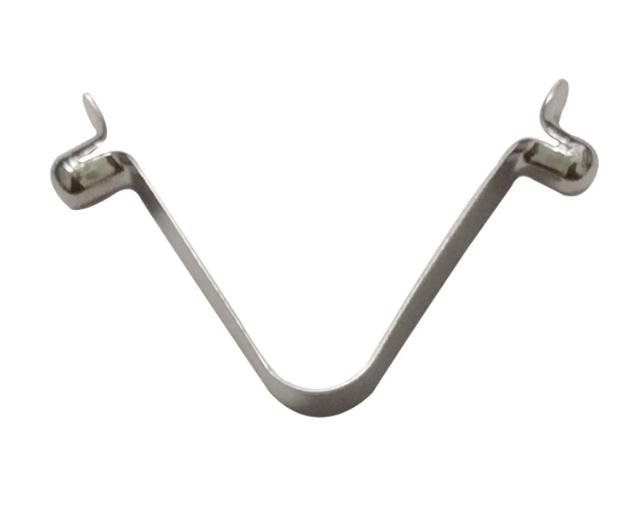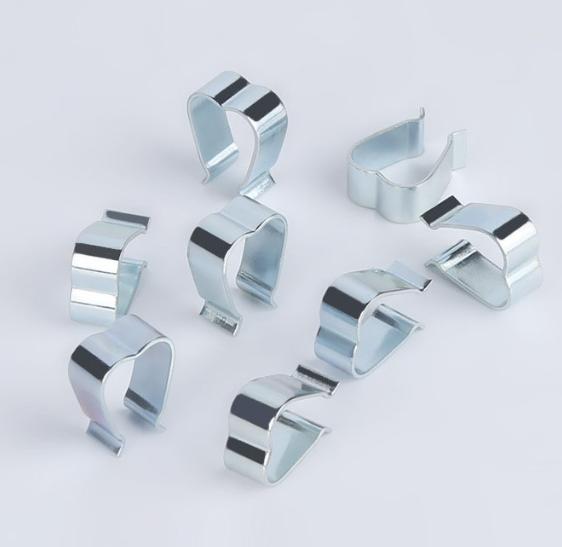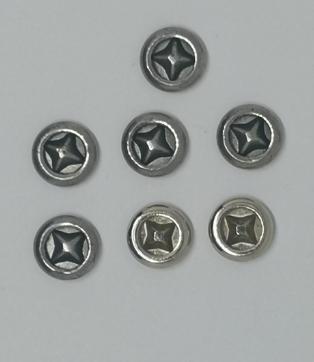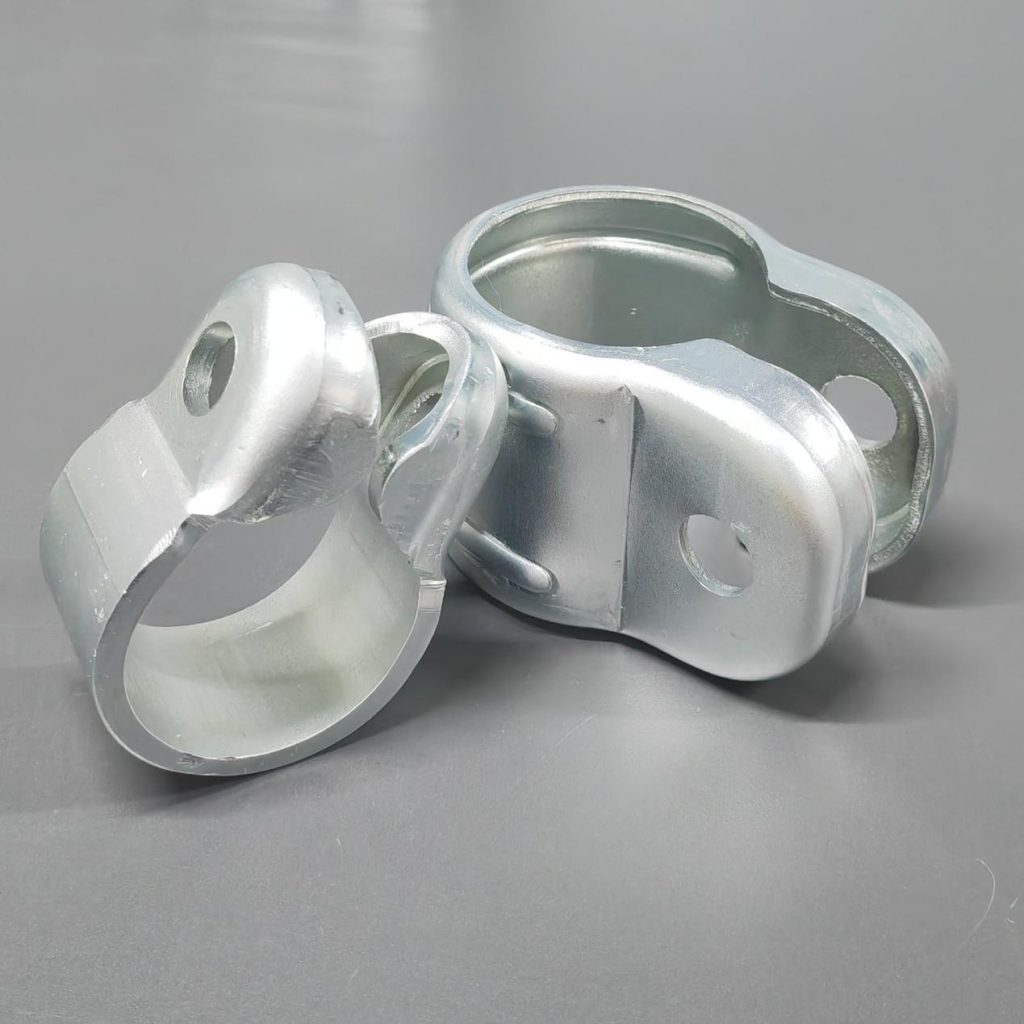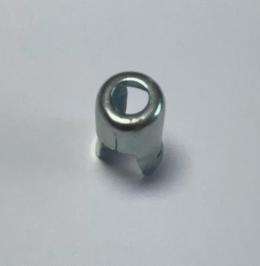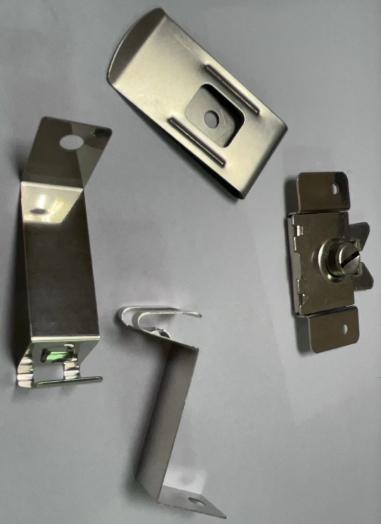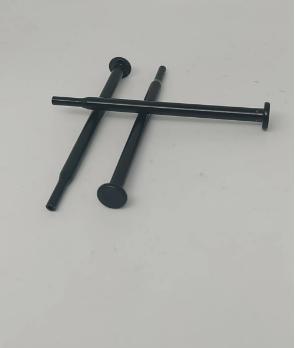What Should be Paid Attention to Forming and Bending Metal Stamping Parts
Metal stamping is a manufacturing process that uses pressure and dies to deform sheet metal, strip, pipe, and profiles into the desired shape and size. It is a versatile process that can be used to produce a wide range of parts, including automotive components, appliance parts, electronic components, and packaging.
In order to produce high-quality metal stamping parts, it is important to pay attention to the forming and bending process. This article will discuss the key factors to consider when forming and bending metal stamping parts, as well as some common defects and how to avoid them.
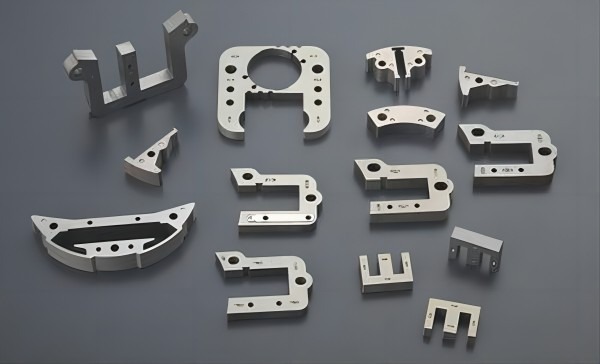
Key Factors to Consider When Forming and Bending Metal Stamping Parts
- Material: The material used for metal stamping parts must be able to withstand the stresses of the forming process without cracking or breaking. The material should also have good ductility, which is the ability to deform without breaking.
- Thickness: The thickness of the material used for metal stamping parts will affect the forming process. Thicker materials require more force to form, and they are more likely to crack or break.
- Shape: The shape of the metal stamping part will also affect the forming process. Complex shapes can be more difficult to form than simple shapes.
- Die design: The die design is critical to the success of the forming process. The dies must be properly designed to produce the desired shape and size of the metal stamping part.
Common Defects in Metal Stamping Parts
- Cracks: Cracks can occur in metal stamping parts if the material is too thin or if the forming process is too aggressive.
- Bending marks: Bending marks can occur in metal stamping parts if the material is not properly supported during the forming process.
- Kinks: Kinks can occur in metal stamping parts if the material is not properly aligned during the forming process.
How to Avoid Common Defects in Metal Stamping Parts
To ensure high-quality metal stamping parts, specific measures can be taken to prevent common defects like cracks, bending marks, and kinks. Here are some key steps to follow:
1. Material Selection
Choose materials that possess adequate strength and ductility to withstand the forming process without cracking. Consult material specifications and conduct tests if needed.
Consider the thickness of the material. Thicker materials require higher forming forces and are more prone to cracking. Optimize the thickness to achieve the desired strength and avoid unnecessary stress.
Opt for simpler shapes whenever possible. Complex geometries can be more challenging to form and increase the risk of defects.
2. Die Design Optimization
Ensure the dies are correctly designed to produce the desired shape and size of the metal stamping part. Improper die design can lead to various defects, including poor part geometry, dimensional inconsistencies, and surface imperfections.
Utilize lubricants to reduce friction between the die and the material, minimizing the risk of cracks, bending marks, and other surface defects.
3. Press Capacity and Operation
Employ a press with the correct capacity to provide sufficient force for forming the metal stamping part without damage. Exceeding the press capacity can result in part deformation or even die failure.
Ensure experienced operators handle the forming process. Their expertise and understanding of the machinery, materials, and processes can significantly reduce the occurrence of defects.
4. Additional Tips
Regularly inspect and maintain the dies to ensure sharpness and prevent wear, which can cause surface imperfections on the stamped parts.
Implement quality control procedures throughout the process to monitor for defects and take corrective actions if needed.
Consider alternative forming techniques, such as roll forming or hydroforming, for complex shapes that are difficult to achieve with traditional stamping.
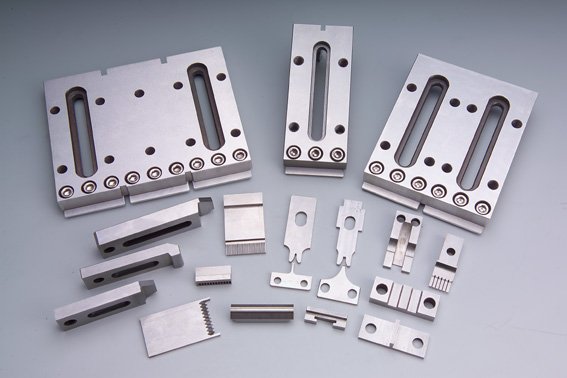
Conclusion
By implementing these strategies and maintaining a vigilant approach to quality control, manufacturers can significantly reduce the occurrence of common defects in metal stamping parts and produce high-quality components that meet their customers’ expectations.

